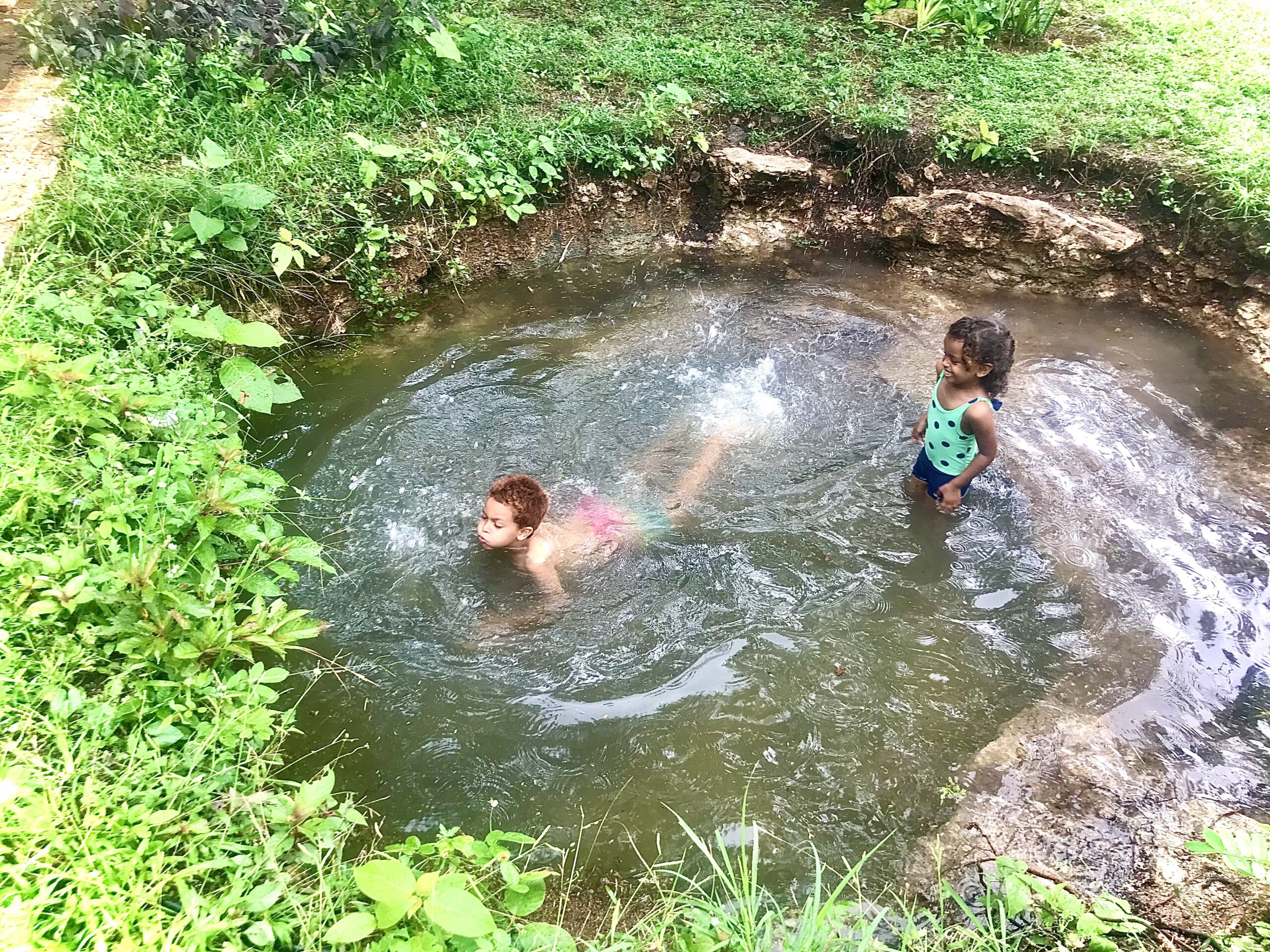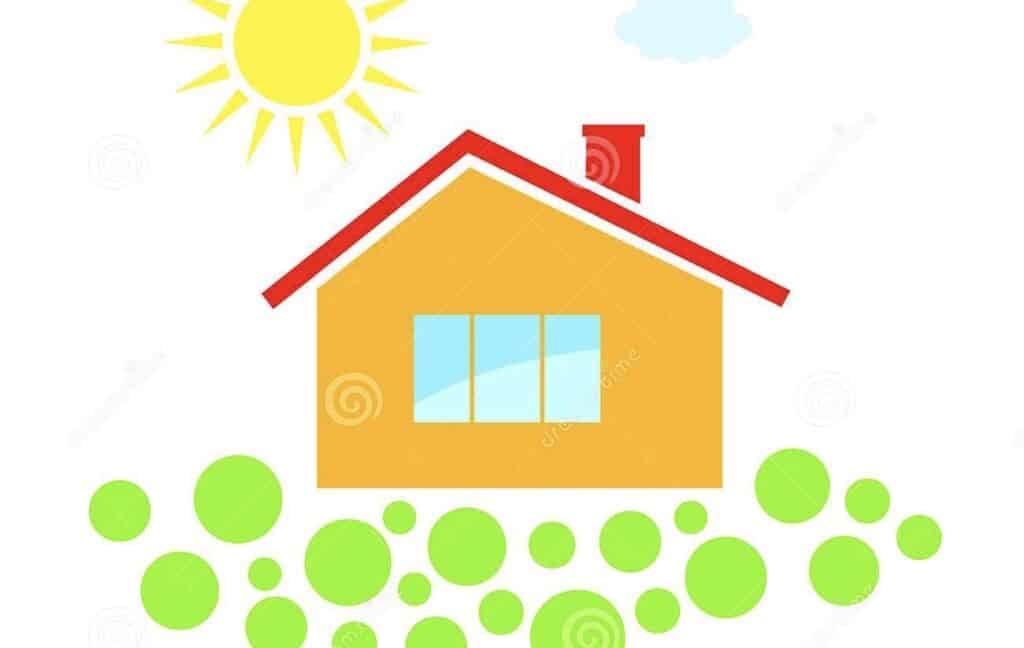
At some point during our first year here in Belize we were invited to visit a sawmill. Belize has some amazing tropical hardwoods we thought it would be interesting to investigate how it all works. As it turned out there’s a percentage of wood at the sawmill that doesn’t make the cut in terms of resale value, essentially some of the wood milled from the tree trunks is either to crooked, to short, or in some other way not quite good enough to be sold at a good price, so it’s called “rejects” and it’s tossed to the side and essentially thrown away to rot, what a waste of usable hardwoods and the rainforest!
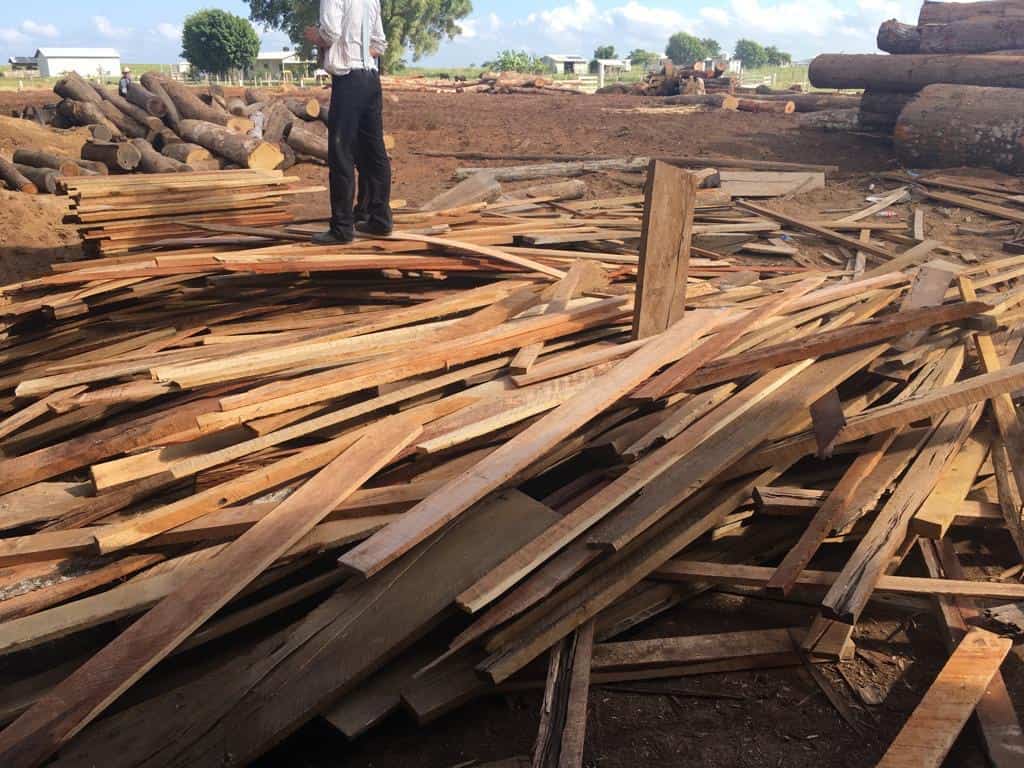
The sawmill owner agreed to sell us the reject wood and deliver it to us (about two hours away) if we paid him barely more than the delivery costs per dump truck load. This was like Christmas come early for me, I had not imagined being able to get hold of beautiful tropical hardwood that is about as close to free as it gets in terms of cost to me. The reject hardwood is the waste product of the wood industry thereby i can use it without guilt that I’m contributing to deforestation but rather that I’m recycling a waste product and creating near zero in climate impact. Now I just needed to figure out what I can do with all this beautiful wood!
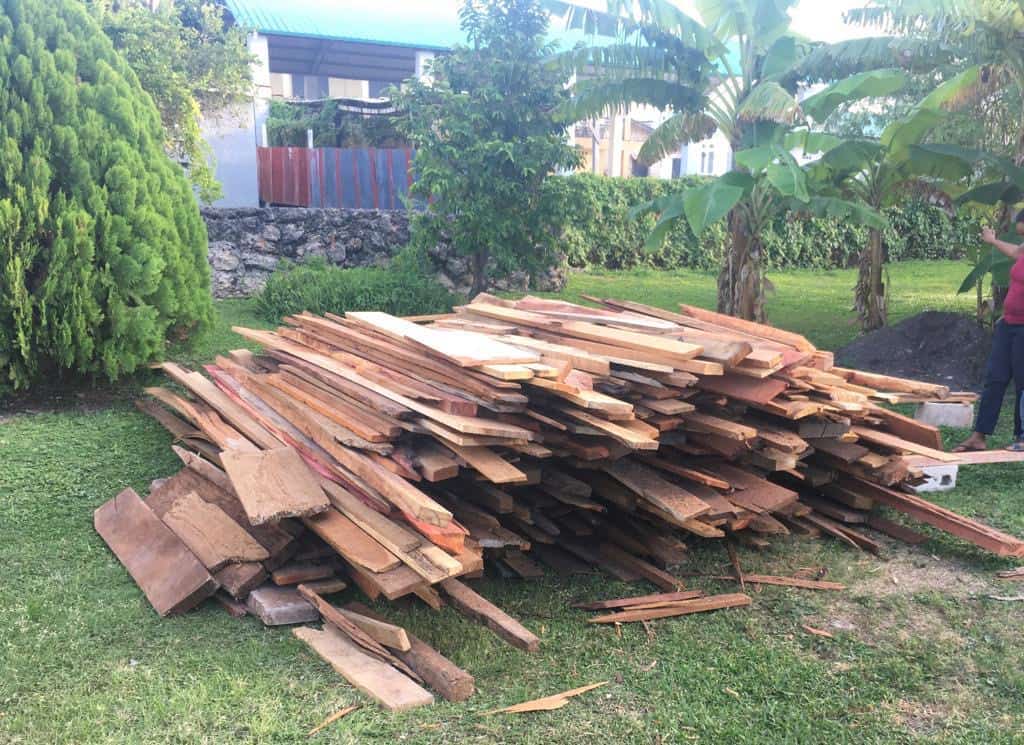
We had not considered building with wood due to not wanting to support deforestation of old growth rainforests, that’s hardly sustainable at all!
It didn’t take us long to decide we could make a house from the waste hardwoods, it would take a lot more work in terms of labour as the boards would need to be smoothed out, recut and pieced together somehow, due to where we currently found ourselves this seemed like a good idea, both in terms of effective cost and effective time usage. A deep value proposition is always something that gets us thinking especially if we can add value to our lives and future by creating a marketable result.
At the time we were still waiting around for word on our intended land purchase, so instead of getting frustrated with the time it takes to do anything at all in Belize, (another story/post) I thought we could use the yard at our current rental to start to build a small house in flat pack sections that we could bolt together on our land later once the purchase went through. At least this way we’d be a step closer to having a house here even without having land.I know building a house before having a place to put it is perhaps a little backwards to say the least but it’s better than nothing and use our time effectively.
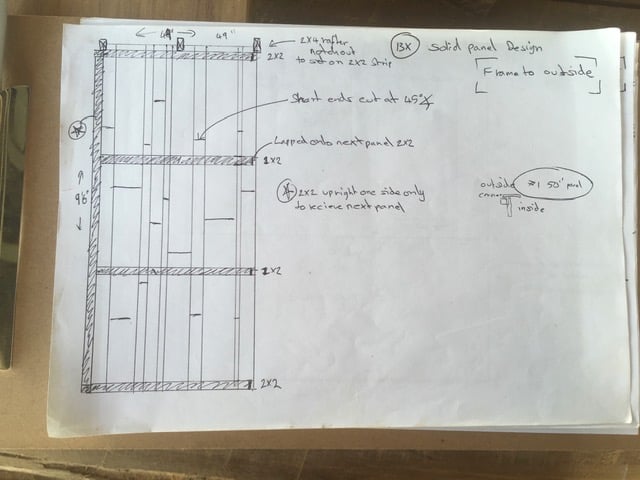
We spoke to the landlord about using his space in the yard and he agreed. We spent an evening drawing up a rough sketch of what we thought would be both a doable project with the junk wood and also a viable livable house for the four of us.
It’s quite small at 1,482 square feet (38feet by 39feet under roof space). We picked this size for several reasons:
1: We wanted to address our current space needs while the kids are still small.
2: We wanted the project to be a size that wouldn’t cost much or take years to build.
3: Its a bit experimental due to it being built from waste wood so we wanted to scale back our ambitions to something relatively easy to achieve.
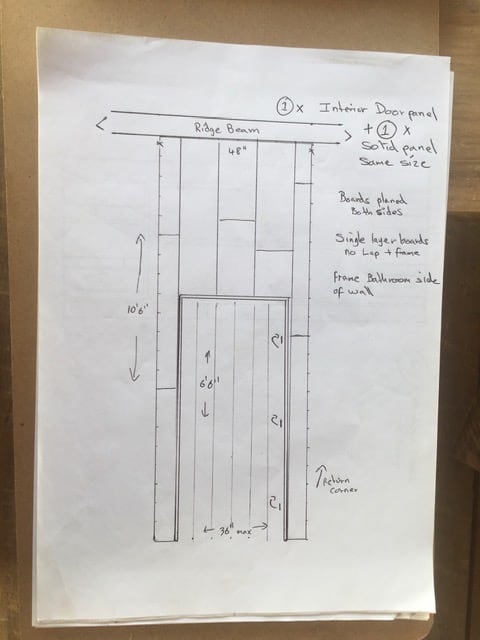
The basic breakdown is this:
The walls inside and out will be hardwood, so will the structure, roof rafters, doors, ceiling etc. The floor will be polished concrete (built onsite) and the roof will be simple corrugated metal sheets covered with living garden, (ok….so I’m making this thing a little more complicated but since we’re in a hot climate we want to limit solar gain and heat intake through the roof) soil and green living things do this very well. While this does mean the roof structure will need to be very heavy duty and from scrap wood I still think it’s possible but it is a challenge, mostly from a design perspective.
Our thoughts are this house will serve us well to get onto our land relatively quickly as it’s mostly built offsite and will be quick to install onsite. Later once we build the house we really want (yes another house entirely, this time from earth which is also very sustainable and durable but takes a lot more time and has to built onsite, we will write extensively about this later on).
With the wood house, we have a place for people to stay while they visit us, and we can rent it out either long term or on Airbnb as another income stream.So we decided to go ahead!
To be continued ………
Until next time,
Frank
